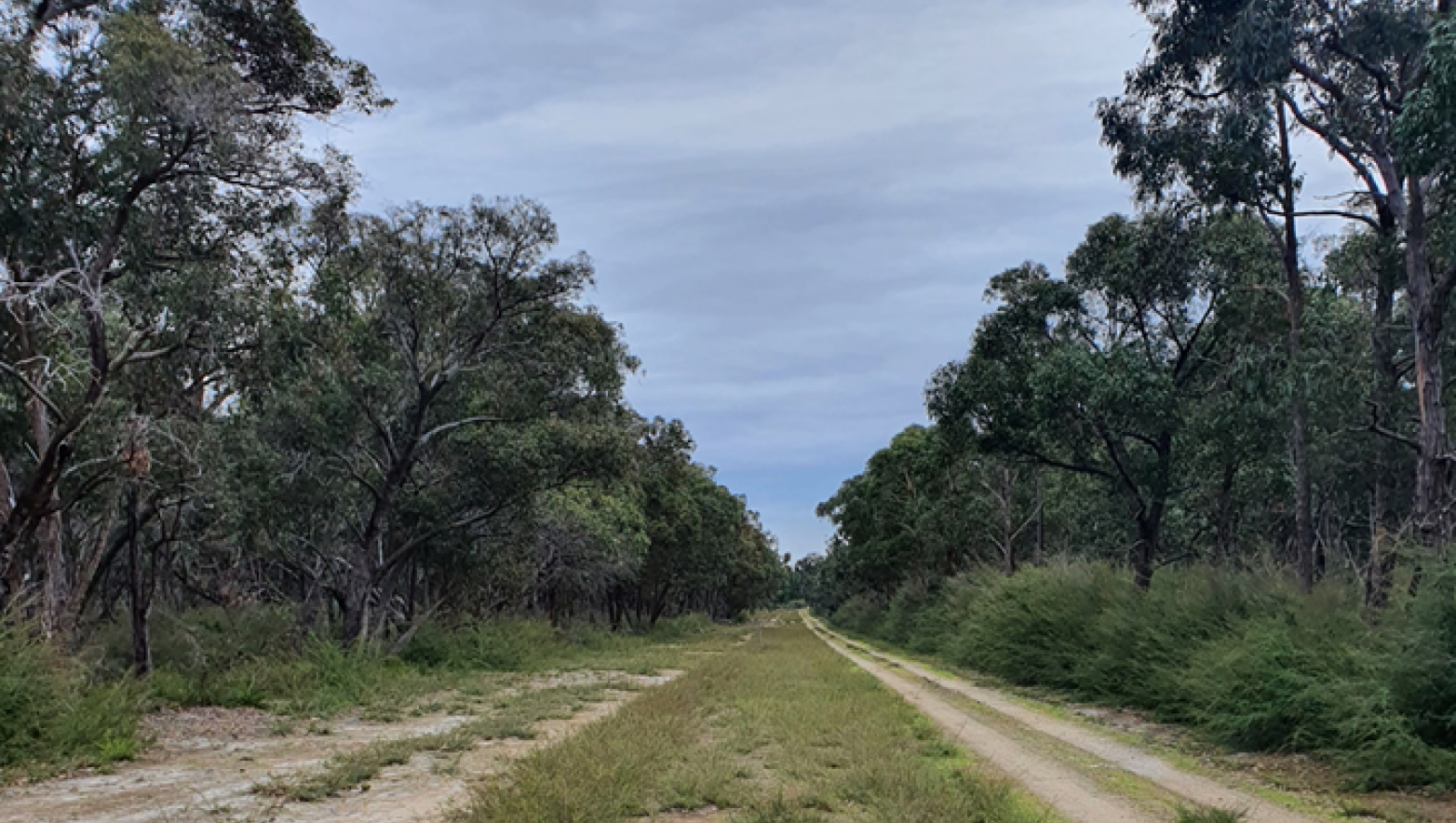We’re replacing 18.4km of the 54km Saline Wastewater Outfall Pipeline (SWOP) between Loy Yang Power Station and McGaurans Beach.
The SWOP is essential to the Victorian power industry. Constructed in 1983, the pipeline transports saline wastewater from power stations in the Latrobe Valley to an ocean outfall at McGaurans Beach, where it meets strict environmental regulations, before it dilutes with seawater offshore.
Since 2010, we’ve been monitoring the condition of the pipeline and replacing sections as required to ensure it can continue to operate into the future.
These works are essential as the pipeline is critical to ensure the Victorian power industry can continue to generate electricity.
The sections of pipeline we’re replacing are ageing and at risk of breaking. By undertaking these works now, there’s less chance a break in this pipeline would result in a spill of wastewater to the environment.
Works are expected to commence in early 2026.
This is the largest of our major project in our Price Submission 2023-28.
Fast facts
Location: various sections between Loy Yang and McGaurans Beach
Timing: Construction will start in 2026 and be completed in 2028/29.
More information
Customer benefits
This project will:
- Reduce the risk of pipeline failure
- Continue to support the essential State electricity industry
Environment and heritage
We’ll need to remove some native vegetation along our easements and reserves to safely construct these new sections of the pipeline.
We undertook extensive ecological assessments along the pipeline corridor to understand the flora and fauna in the area, its environmental value, the size and location of trees and their proximity to the proposed works.
We have used these assessments to identify trees and native vegetation that can be retained or will need removing.
We’ve worked hard to minimise our impacts to native vegetation and habitat.
Initially, we identified around 12 hectares of native vegetation in our construction impact zone that would need removing.
By modifying our construction methods, such as boring the pipeline where possible, shifting the pipe to avoid significant native vegetation and reducing our construction impact zone, we’ve significantly reduced this to a maximum of 5.161 hectares. 25 trees will be impacted – down from 107.
All native vegetation lost will be fully offset and protected in line with state government policy to achieve no net loss to biodiversity.
We’ll continue to look for other ways we can reduce native vegetation and tree loss during construction.
We’ll have a Construction Environmental Management Plan that includes No Go Zone fencing and signage, using existing access points, stockpiling within areas not containing native vegetation and preventing the spread of pathogens or weeds.
We’ll use species experts to appropriately handle any unexpected fauna.
We’ll retain topsoil for reinstatement that contains the native vegetation seed bank along with weed control to help these areas regenerate.

Consultation and engagement
We’ll be regularly consulting with relevant authorities and stakeholders.
We welcome direct comments and enquiries from the community at any time.
Project timing
Construction will start in 2026 and be completed in 2028/29.
Find out more
For more information, email contactus@gippswater.com.au or phone 1800 050 500.
